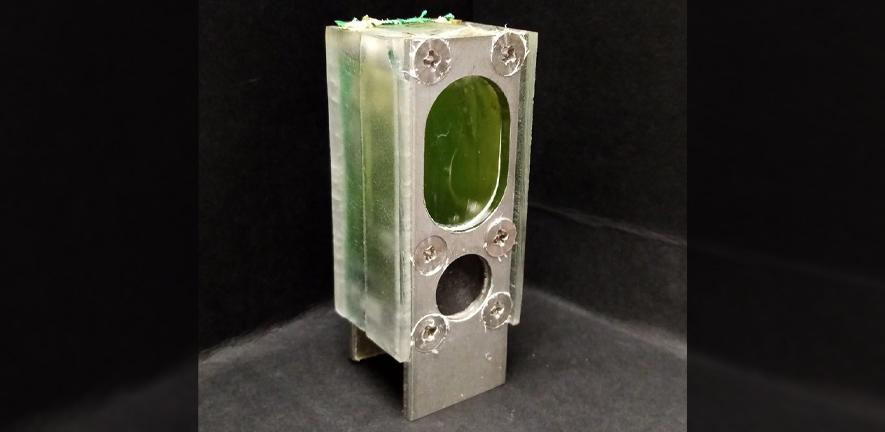Humans are hungry for power, power here meaning electricity.
According to data from the International Energy Agency, in 2019 world electricity generation amounted to over 25 000TWh with the largest source coming from fossil fuels.
There is a desperate need to incorporate more renewable energy into infrastructure and scientists at the University of Cambridge’s Department of Biochemistry have a novel demonstration.
That is using a type of non-toxic algae to power a microprocessor and it really gives “green energy” new meaning.
Using a type of algae called Synechocystis, researchers created a system that used an aluminum electrode to collect the electric current that was generated by the algae during photosynthesis.
Using nothing but the algae, ambient light and water, the system was able to run an Arm microprocessor for a year. The findings were detailed in the paper Powering a microprocessor by photosynthesis, that was published in the Energy & Environmental Science journal last week.

Now for the caveats.
This system is tiny and uses an Arm Cortex M0+. This microprocessor is touted as Arm’s most energy-efficient and is used in internet of things (IoT) tech. So, don’t expect to be powering your desktop with algae.
While this chip does exist, the researchers also point out in a press release that, “Arm Research developed the ultra-efficient Arm Cortex M0+ testchip, built the board, and set up the data-collection cloud interface presented in the experiments”. Arm is cited as a collaborator on the research.
The system is said to only be as big as a AA battery. More importantly however, the researchers say that this experiment demonstrates energy alternatives for the Internet of Things.
While not every piece of IoT tech uses a battery, given that it’s anticipated that IoT devices will balloon to one trillion by 2035, the less reliance there is on lithium-ion batteries the better. While solar power is another solution, the photovoltaic cell manufacturing processes is not harmless to the environment and the goal should be to be harmless where possible.
“The growing Internet of Things needs an increasing amount of power, and we think this will have to come from systems that can generate energy, rather than simply store it like batteries,” explained joint senior author of the paper, Prof Christopher Howe.
“Our photosynthetic device doesn’t run down the way a battery does because it’s continually using light as the energy source,” added Howe.
It doesn’t look like you’ll be able to head to your nearest store and pick up an algae power generator anytime soon. However, this is an interesting way to power low-power devices, we do wonder whether it would scale and if a lake of algae could alleviate South Africa’s electricity woes.
[Image – CC 0 Pixabay]

